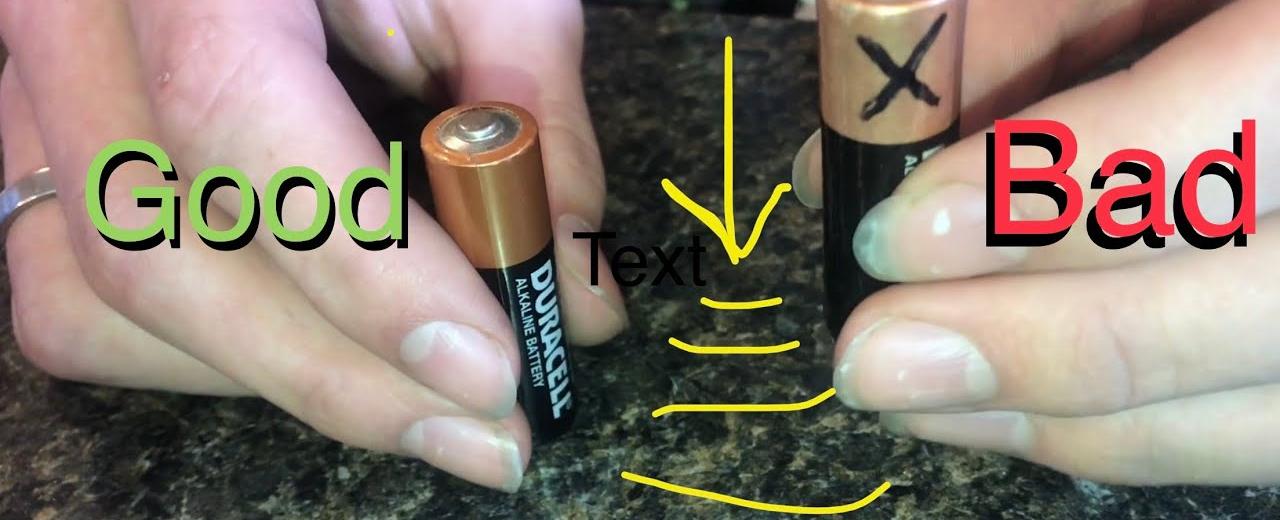Bounce batteries to see if they are good or bad the higher they bounce the lower the charge they have in them

Bounce Test: Can You Really Tell If a Battery is Good or Bad by How High It Bounces?

We’ve all experienced that dreaded moment when our electronic device dies unexpectedly, leaving us scrambling to find replacement batteries. But what if there was a simple trick to determine if a battery is good or bad without needing any fancy equipment? According to an engineer’s claim, you can determine the charge left in a battery simply by bouncing it and observing its height. This fascinating method has gained attention and raised questions among tech enthusiasts. In this article, we will explore the science behind this bounce test and whether it can truly tell us the state of a battery’s charge.
The idea that bouncing a battery can reveal its charge level seems almost too good to be true. The technique was popularized by a video shared on YouTube, where a man demonstrated that a fully charged battery would bounce significantly lower than one that is nearly drained. However, to understand how this works, we need to take a closer look at the composition of a battery.
Batteries are made up of several components, including a positive electrode (cathode) and a negative electrode (anode). These electrodes are separated by an electrolyte solution, which allows ions to flow between them. When a battery is discharged, the chemical reactions within it produce an accumulation of gas, causing the battery to expand. This expansion affects the battery’s ability to bounce.
The claim made by the engineer suggests that a fully charged battery will have less gas buildup, resulting in a firmer structure and less bounce. On the other hand, a battery with a low charge will have higher gas buildup, causing the battery to be softer and bounce higher.

However, it is important to approach this method with caution. While the bounce test might provide a rough estimate of a battery’s charge, it is not a definitive or accurate measure. Several factors can affect a battery’s bounce, such as its brand, size, age, and overall quality. Additionally, the test does not take into account the internal chemistry of the battery and the rate at which it depletes its charge.
Experts warn against solely relying on the bounce test as a reliable indicator of a battery’s charge level. It is always recommended to use proper battery testing equipment or consult the device’s manufacturer for accurate information. Many modern devices also have advanced battery indicators that display the remaining charge electronically, eliminating the need for guesswork.
In conclusion, while the idea of determining a battery’s charge by bouncing it might seem intriguing, it should be taken with a pinch of salt. The bounce test can provide a general idea of a battery’s charge level but should not be relied upon for accurate measurements. For precise information, it is advisable to use dedicated testing equipment or consult the manufacturer’s recommendations. Ultimately, understanding the limitations of this method will help us make informed decisions regarding our battery usage and replacement. So next time you encounter a battery-related dilemma, remember that the bounce test might be a fun trick, but not a foolproof solution.
Share
Related Posts
Quick Links
Legal Stuff

